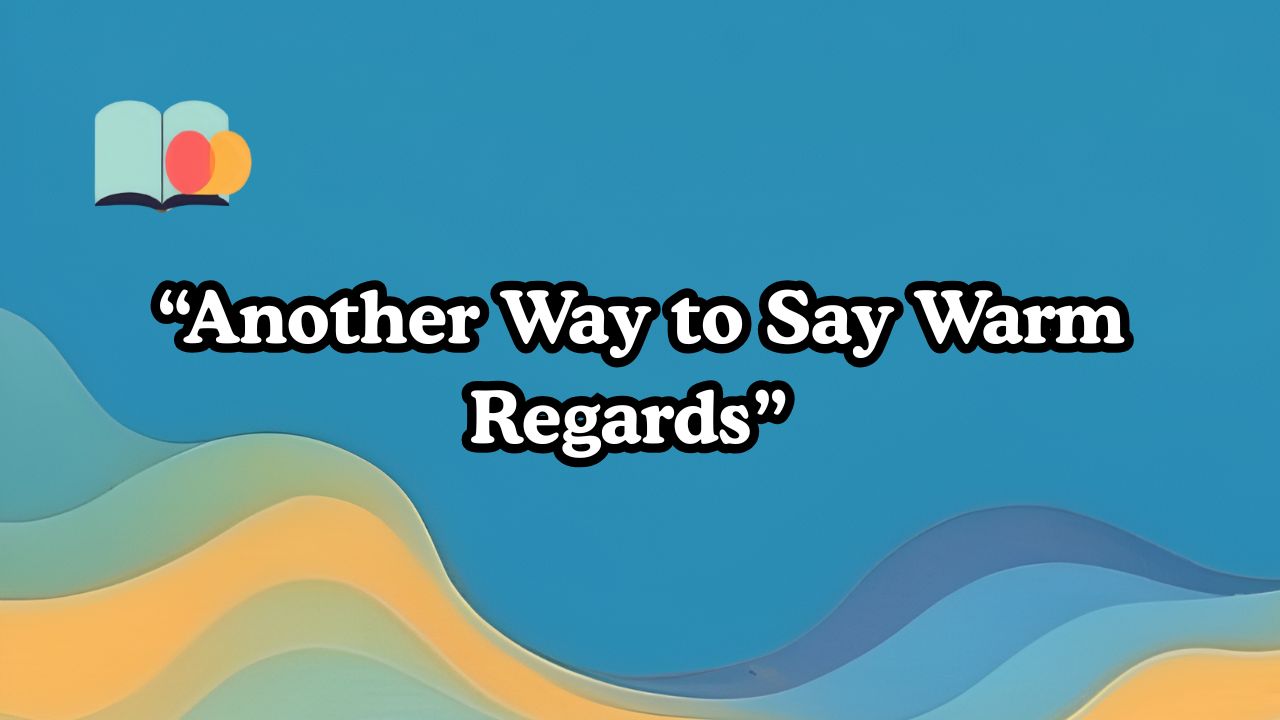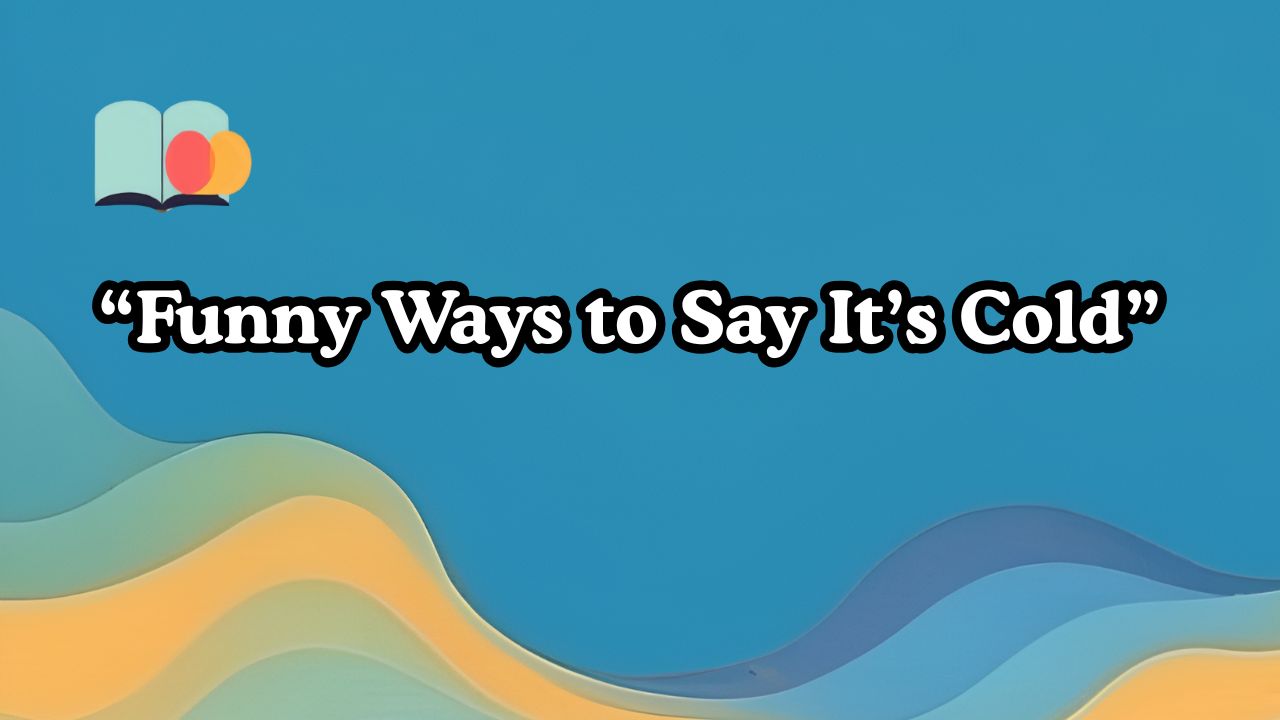Do you struggle to find a better way to say “in the text it states” in your writing? You’re not alone. This phrase can seem too simple or repetitive, which is why it’s good to use different words. Whether you’re writing a paper, email, or report, using the right words makes your work better.
This article gives you 69+ ways to say “in the text it states,” sorted by how formal or casual they are. You’ll find examples to help you pick the best one. Here’s a quick list to start:
- The document asserts
- According to the source
- The text indicates
- As stated in the material
- The passage notes
Explore different options for formal, academic, and professional writing. You’ll also get tips on choosing the right phrase for your audience.
Why Use Alternatives to “In the Text It States”?
The phrase “in the text it states” works but might sound dull in formal writing. Using different words makes your writing more interesting and clear. It shows you care about details and makes you sound more credible.
This guide helps you pick the right words for your writing. It uses examples from sites like Grammarly and Purdue OWL. You’ll find unique ways to make your writing stand out.
Academic Writing Alternatives
These phrases are great for essays, research papers, or scholarly articles. They help you sound formal and precise.
- The source articulates: “The source articulates a clear connection between climate change and economic disparities.” [Formal, Scholarly]
- The document posits: “The document posits that renewable energy adoption accelerates economic growth.” [Academic]
- As per the text: “As per the text, cognitive biases influence decision-making processes.” [Formal]
- The author contends: “The author contends that early education shapes long-term outcomes.” [Scholarly]
- The study asserts: “The study asserts that mindfulness reduces workplace stress.” [Academic]
- According to the literature: “According to the literature, urban sprawl impacts biodiversity.” [Formal, Research]
- The text elucidates: “The text elucidates the role of technology in modern governance.” [Scholarly]
- The manuscript declares: “The manuscript declares that genetic factors contribute to disease prevalence.” [Academic]
- The paper maintains: “The paper maintains that policy reform is essential for sustainability.” [Formal]
- The source explicates: “The source explicates the mechanisms behind neural plasticity.” [Scholarly]
💡 Expert Tip: Use phrases like “the author contends” or “the study asserts” when referencing specific claims. This adds authority and avoids being too general.
Similar Posts
Professional Email and Report Phrases
These phrases are perfect for business emails, reports, or presentations. They keep your writing formal but clear.
- The report indicates: “The report indicates a 15% increase in quarterly revenue.” [Professional]
- As outlined in the document: “As outlined in the document, the project timeline has been adjusted.” [Formal]
- The memo specifies: “The memo specifies new guidelines for remote work.” [Professional]
- The proposal states: “The proposal states that cost efficiencies can be achieved through automation.” [Formal]
- According to the brief: “According to the brief, client satisfaction has improved significantly.” [Professional]
- The summary notes: “The summary notes a need for additional staffing in Q3.” [Formal]
- The analysis suggests: “The analysis suggests reallocating resources to marketing.” [Professional]
- The correspondence confirms: “The correspondence confirms the meeting date as July 15.” [Formal]
- The overview highlights: “The overview highlights key performance indicators for the quarter.” [Professional]
- The record reflects: “The record reflects a consistent decline in operational costs.” [Formal]
✅ Best For: Use these in emails to colleagues or reports for stakeholders to sound polished and professional.
Concise Alternatives for General Use
For situations needing brevity, like presentations or informal reports, these options are clear and direct.
- The text says: “The text says employees prefer flexible hours. [Concise]
- It states: “It states that deadlines must be met by Friday.” [Direct]
- The source notes: “The source notes a rise in consumer confidence.” [Concise]
- The passage claims: “The passage claims that innovation drives growth.” [Direct]
- The material points out: “The material points out the benefits of upskilling.” [Concise]
- The document mentions: “The document mentions new compliance requirements.” [Direct]
- The text reveals: “The text reveals a gap in current research.” [Concise]
- It is stated: “It is stated that funding will increase next quarter.” [Direct]
- The writing indicates: “The writing indicates a shift in market trends.” [Concise]
- The source suggests: “The source suggests revising the strategy.” [Direct]
⚠️ Common Mistake: Avoid overusing “it states” in academic writing, as it can sound vague. Opt for specific phrases like “the study asserts” to clarify the source.
Tone-Specific Alternatives
These phrases vary by tone, giving options for nuanced communication in different contexts.
- The text emphasizes [Authoritative]: “The text emphasizes the urgency of addressing cybersecurity threats.”
- The document underscores [Strong]: “The document underscores the need for policy reform.”
- The source highlights [Prominent]: “The source highlights innovative solutions to urban planning.”
- The passage clarifies [Clear]: “The passage clarifies the methodology used in the study.”
- The report affirms [Confident]: “The report affirms the success of the new initiative.”
- The text conveys [Neutral]: “The text conveys a balanced view of economic trends.”
- The author suggests [Tentative]: “The author suggests exploring alternative funding models.”
- The study reveals [Insightful]: “The study reveals unexpected outcomes in patient recovery rates.”
- The manuscript points to [Directional]: “The manuscript points to gaps in existing research.”
- The source stresses [Urgent]: “The source stresses the importance of immediate action.”
🤔 Did You Know?: Phrases like “underscores” or “emphasizes” can make your writing sound more assertive, ideal for persuasive reports or executive summaries.
Contextual Alternatives for Specific Scenarios
Change how you say things based on the situation. This could be for legal documents, historical texts, or technical reports.
- The regulation stipulates: “The regulation stipulates compliance by all departments.” [Legal]
- The statute declares: “The statute declares penalties for non-compliance.” [Legal]
- The archive records: “The archive records the events of the 19th century.” [Historical]
- The chronicle details: “The chronicle details the rise of industrialism.” [Historical]
- The manual instructs: “The manual instructs users to update software regularly.” [Technical]
- The guide specifies: “The guide specifies safety protocols for lab work.” [Technical]
- The policy outlines: “The policy outlines employee benefits for 2025.” [Corporate]
- The contract states: “The contract states payment terms for vendors.” [Legal]
- The protocol indicates: “The protocol indicates steps for data security.” [Technical]
- The directive confirms: “The directive confirms new operational guidelines.” [Corporate]
Usage Tips
Choosing the right phrase depends on your audience and the situation:
- Academic Papers: Use phrases like “the source articulates” or “the study asserts” to sound scholarly. Avoid saying “the text says” in formal papers.
- Professional Emails: Use phrases like “the report indicates” or “as outlined in the document” for clear, professional emails.
- Presentations: Keep it simple with phrases like “the source notes” to make slides easy to read and interesting.
- Cultural Sensitivity: When using diverse sources, pick phrases like “the text conveys” to stay neutral and avoid misunderstandings.
Phrase Categories by Tone and Context
| Tone/Context | Example Phrase | Best Use Case |
|---|---|---|
| Formal/Academic | The source articulates | Research papers, essays |
| Professional | The report indicates | Emails, business reports |
| Concise | The text says | Presentations, informal reports |
| Authoritative | The document underscores | Persuasive reports, proposals |
| Legal/Technical | The regulation stipulates | Contracts, manuals |
💡 Expert Tip: Match the verb (e.g., “asserts,” “suggests”) to the source’s tone. For example, use “suggests” for tentative claims and “asserts” for definitive ones.
FAQ
What’s the most formal way to say “in the text it states”?
Phrases like “the source articulates” or “the document posits” are very formal. They’re great for academic or legal writing.
Can I use these alternatives in casual emails?
Yes, but choose simpler phrases like “the text says” or “it states” for casual emails. This keeps your email from feeling too formal.
How do I choose the right alternative for my audience?
Think about your audience and the situation. Use scholarly phrases for academics, professional ones for work, and simple phrases for quick messages.
Are there alternatives specific to technical writing?
Yes, phrases like “the manual instructs” or “the guide specifies” are made for technical writing. They help make your documents clear and precise.
How can I avoid sounding repetitive in my writing?
Change your phrases often and use different tones (e.g., “underscores” vs. “suggests”). This keeps your writing interesting and flowing well.
Conclusion
Finding the right words can make your writing better. It can be more fun, professional, or clear. Whether you’re writing a school paper, a work email, or a technical report, you have many choices.
Use “the source articulates” for school work or “the report indicates” for work emails. This can make your writing better. For more tips, check out waystosay.org.
Look for articles like “Another Way to Say Kindly Advise” or “Professional Synonyms for Please Confirm.” Share your favorite phrase in the comments!





